कोरोना भाइरस विरुद्धको भ्याक्सिन बनाउँदा चीनले पायो ठूलो सफलता (पूर्ण प्रतिवेदनसहित)
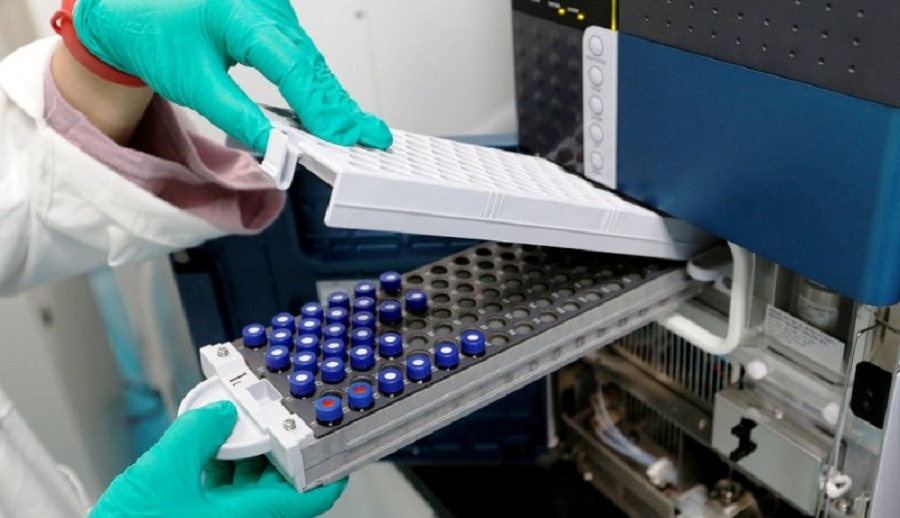
काठमाडौं । चीनले विकास गरेको कोरोना भाइरस विरुद्धको भ्याक्सिनले ठूलो सफलता प्राप्त गरेको छ । बेइजिङमा कोरोना भाइरसविरुद्धको खोप परीक्षण गरिएकोमा त्यसको नतिजा अहिलेसम्मकै सकरात्मक देखिएको छ ।
पहिलो चरणको परीक्षण प्रतिवेदनमा भ्याक्सिनले दुई हप्ताभित्र मानिसमा भाइरसविरुद्ध लड्ने क्षमता रोगप्रतिरोधात्मक क्षमता बिकास भएको पाइएको न्युयोर्क टाइम्सले जनाएको छ ।
पहिलो चरणको परीक्षण प्रतिवेदन द ल्यानसेट जर्नलमा प्रकाशन गरिएको छ । प्रतिवेदनमा परीक्षणका क्रममा नजिता अहिलेसम्मकै प्रभावकारी आएको उल्लेख छ । परीक्षणमा १ सय ८ जना स्वयंमसेवक सहभागी भएका थिए । उनीहरुको उमेर १८ देखि ६० वर्षको रहेको छ ।
मानिसमा परीक्षण गर्नुभन्दा पहिले यो भ्याक्सिन बाँदरमा प्रयोग गरिएको चिनियाँ सञ्चारमाध्यमले जनाएका छन् । बाँदरमा पूर्णरुपमा सफलता प्राप्त गरेपछि मानिसमा परीक्षण गरिएको थियो । बाँदरलाई कोरोना भाइरसको संक्रमण देखिएको छैन ।
बेइजिङको सिनोवाक बायोटेक नामको चिनियाँ कम्पनीले एडी(पाइभु नामक भाइरसबाट यो भ्याक्सिन तयार गरेको न्युयोर्क टाइम्समा उल्लेख छ । खोपको विकासका लागि विभिन्न देशबीच प्रतिस्पर्धा चलिरहेकामा अब चीन सबैभन्दा अगाडि देखिएको छ ।
लनसेटको प्रतिवेदनमा एकपटकमात्र खोप दिइएका व्यक्तिमा दुई हप्ताभित्र कोरोनाविरुद्धको क्षमता बिकास भएको पाइएको उल्लेख छ । तर २८ दिनमा भने मानिसमा पूर्णरुपमा कोरोनाविरुद्धको प्रतिरोधात्मक क्षमता बिकास भएको छ ।
वैज्ञानिकहरुले यो अहिलेसम्मकै राम्रो नतिजा भएको जनाएका छन् । एजेन्सी
Summary
Background
Methods
Findings
Interpretation
Funding
Introduction
Method
Study design and participants
Procedures
Outcomes
Statistical analysis
Role of the funding source
Results
| Low dose group (n=36) | Middle dose group (n=36) | High dose group (n=36) | ||
|---|---|---|---|---|
| Age, years | ||||
| 18–29 | 9 (25%) | 12 (33%) | 10 (28%) | |
| 30–39 | 13 (36%) | 14 (39%) | 15 (42%) | |
| 40–49 | 8 (22%) | 3 (8%) | 7 (19%) | |
| 50–60 | 6 (17%) | 7 (19%) | 4 (11%) | |
| Mean age, years | 37·2 (10·7) | 36·3 (11·5) | 35·5 (10·1) | |
| Sex | ||||
| Male | 18 (50%) | 19 (53%) | 18 (50%) | |
| Female | 18 (50%) | 17 (47%) | 18 (50%) | |
| Mean body-mass index, kg/m2 | 23·3 (2·7) | 23·9 (2·7) | 24·1 (3·1) | |
| Underlying diseases | ||||
| Yes | 1 (3%) | 2 (6%) | 4 (11%) | |
| No | 35 (97%) | 34 (94%) | 32 (89%) | |
| Pre-existing adenovirus type-5 neutralising antibody | ||||
| Mean GMT | 168·9 (13·9) | 149·5 (10·5) | 115·0 (13·4) | |
| ≤200, titre | 16 (44%) | 17 (47%) | 20 (56%) | |
| >200, titre | 20 (56%) | 19 (53%) | 16 (44%) | |
| Low dose group (n=36) | Middle dose group (n=36) | High dose group (n=36) | Total (N=108) | ||
|---|---|---|---|---|---|
| All adverse reactions within 0–7 days | |||||
| Any | 30 (83%) | 30 (83%) | 27 (75%) | 87 (81%) | |
| Grade 3 | 2 (6%) | 2 (6%) | 6 (17%) | 10 (9%) | |
| Injection site adverse reactions within 0–7 days | |||||
| Pain | 17 (47%) | 20 (56%) | 21 (58%) | 58 (54%) | |
| Induration | 2 (6%) | 1 (3%) | 1 (3%) | 4 (4%) | |
| Redness | 2 (6%) | 1 (3%) | 1 (3%) | 4 (4%) | |
| Swelling | 4 (11%) | 4 (11%) | 0 | 8 (7%) | |
| Itch | 2 (6%) | 3 (8%) | 0 | 5 (5%) | |
| Muscular weakness | 0 | 0 | 1 (3%) | 1 (1%) | |
| Systemic adverse reactions within 0–7 days | |||||
| Fever | 15 (42%) | 15 (42%) | 20 (56%) | 50 (46%) | |
| Grade 3 fever | 2 (6%) | 2 (6%) | 5 (14%) | 9 (8%) | |
| Headache | 14 (39%) | 11 (31%) | 17 (47%) | 42 (39%) | |
| Fatigue | 17 (47%) | 14 (39%) | 16 (44%) | 47 (44%) | |
| Grade 3 fatigue | 0 | 0 | 2 (6%) | 2 (2%) | |
| Vomiting | 1 (3%) | 0 | 1 (3%) | 2 (2%) | |
| Diarrhoea | 3 (8%) | 4 (11%) | 5 (14%) | 12 (11%) | |
| Muscle pain | 7 (19%) | 3 (8%) | 8 (22%) | 18 (17%) | |
| Grade 3 muscle pain | 0 | 0 | 1 (3%) | 1 (1%) | |
| Joint pain | 2 (6%) | 2 (6%) | 5 (14%) | 9 (8%) | |
| Grade 3 joint pain | 0 | 0 | 1 (3%) | 1 (1%) | |
| Throat pain | 1 (3%) | 3 (8%) | 4 (11%) | 8 (7%) | |
| Cough | 1 (3%) | 2 (6%) | 3 (8%) | 6 (6%) | |
| Nausea | 2 (6%) | 1 (3%) | 3 (8%) | 6 (6%) | |
| Functional GI disorder | 1 (3%) | 0 | 0 | 1 (1%) | |
| Dyspnoea | 0 | 0 | 2 (6%) | 2 (2%) | |
| Grade 3 dyspnoea | 0 | 0 | 1 (3%) | 1 (1%) | |
| Appetite impaired | 6 (17%) | 5 (14%) | 6 (17%) | 17 (16%) | |
| Dizziness | 1 (3%) | 0 | 1 (3%) | 2 (2%) | |
| Mucosal abnormality | 0 | 0 | 1 (3%) | 1 (1%) | |
| Pruritus | 1 (3%) | 1 (3%) | 1 (3%) | 3 (3%) | |
| Overall adverse events within 0–28 days | |||||
| Any | 31 (86%) | 30 (83%) | 27 (75%) | 88 (81%) | |
| Grade 3 | 2 (6%) | 2 (6%) | 6 (17%) | 10 (9%) | |
| Day 14 | Day 28 | |||||||
|---|---|---|---|---|---|---|---|---|
| Low dose group (n=36) | Middle dose group (n=36) | High dose group (n=36) | p value | Low dose group (n=36) | Middle dose group (n=36) | High dose group (n=36) | p value | |
| ELISA antibodies to the receptor binding domain | ||||||||
| GMT | 76·5 (44·3–132·0) | 91·2 (55·9–148·7) | 132·6 (80·7–218·0) | 0·29 | 615·8 (405·4–935·5) | 806·0 (528·2–1229·9) | 1445·8 (935·5–2234·5) | 0·016 |
| ≥4-fold increase | 16 (44%) | 18 (50%) | 22 (61%) | 0·35 | 35 (97%) | 34 (94%) | 36 (100%) | 0·77 |
| Neutralising antibodies to live SARS-CoV-2 | ||||||||
| GMT | 8·2 (5·8–11·5) | 9·6 (6·6–14·1) | 12·7 (8·5–19·0) | 0·24 | 14·5 (9·6–21·8) | 16·2 (10·4–25·2) | 34·0 (22·6–50·1) | 0·0082 |
| ≥4-fold increase | 10 (28%) | 11 (31%) | 15 (42%) | 0·42 | 18 (50%) | 18 (50%) | 27 (75%) | 0·046 |



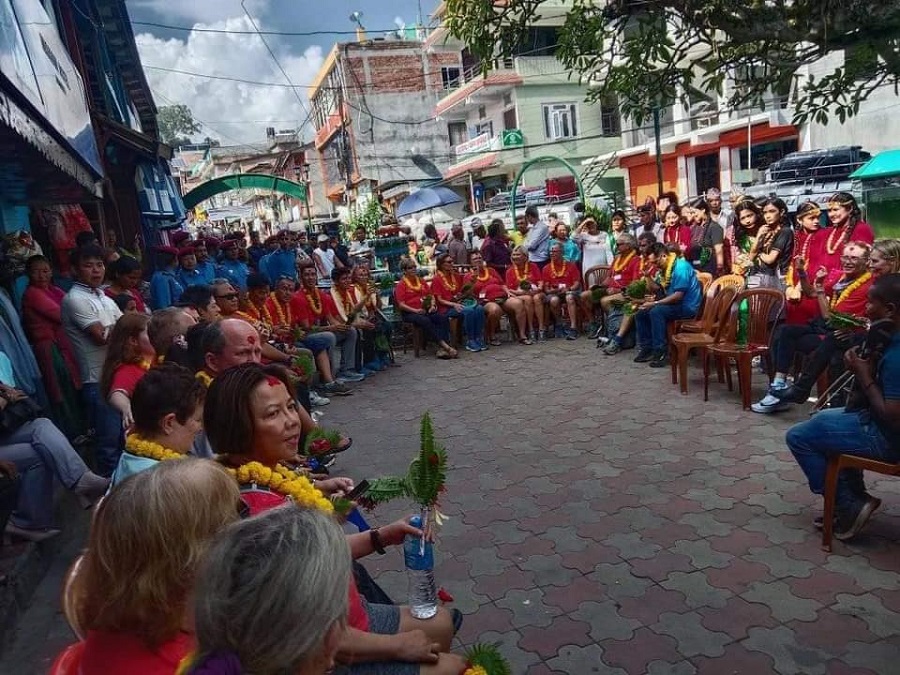
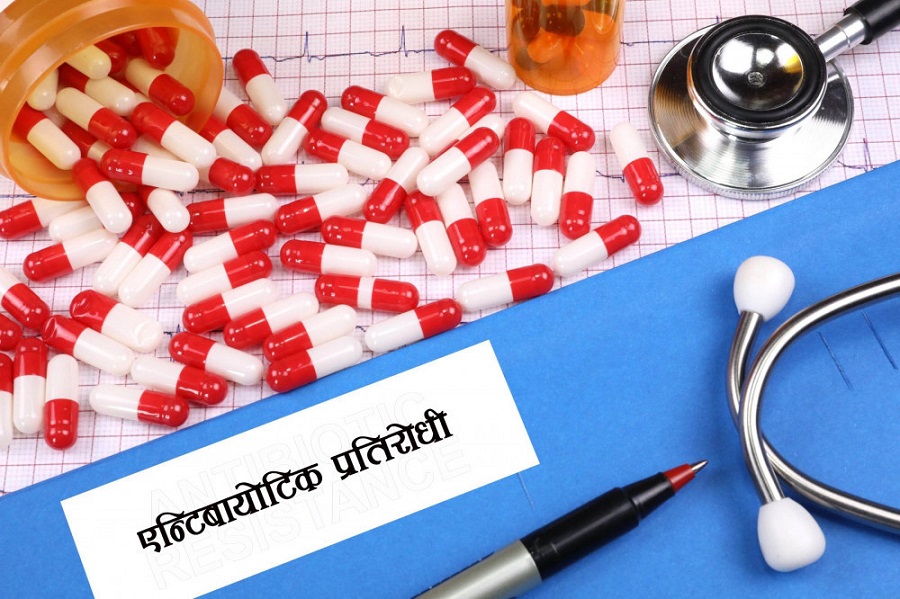
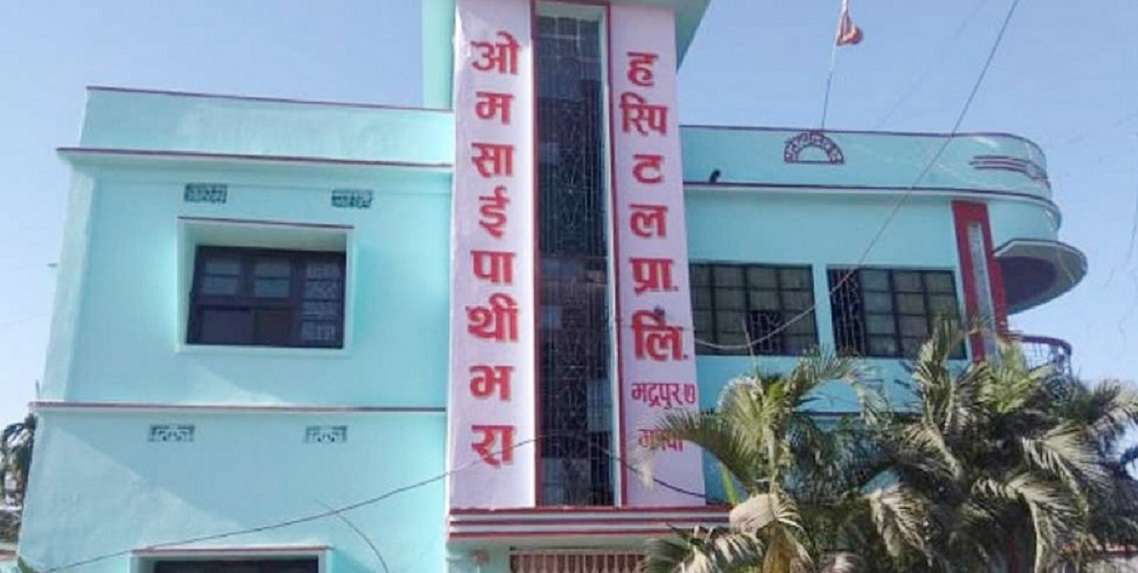
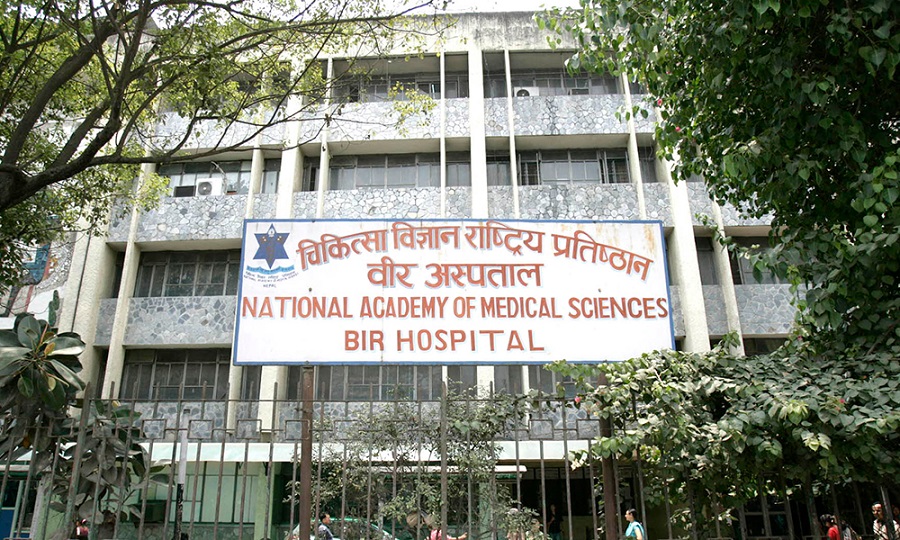
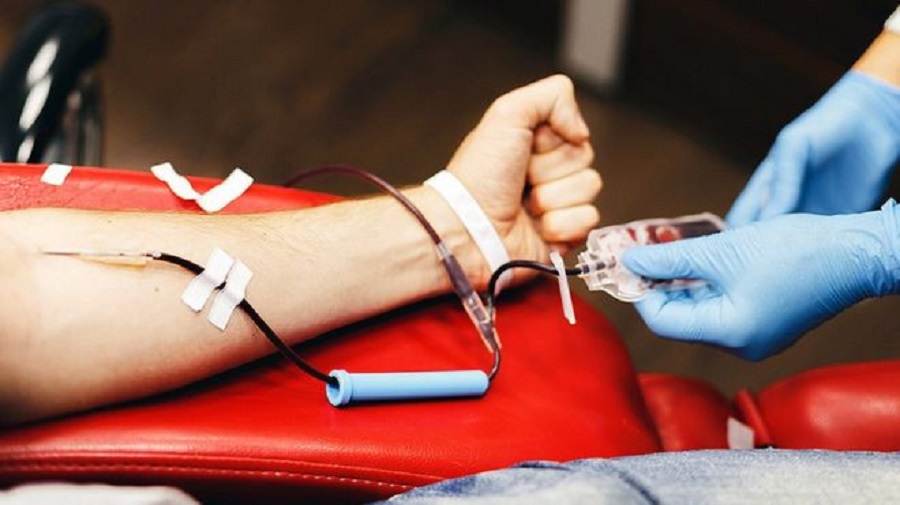
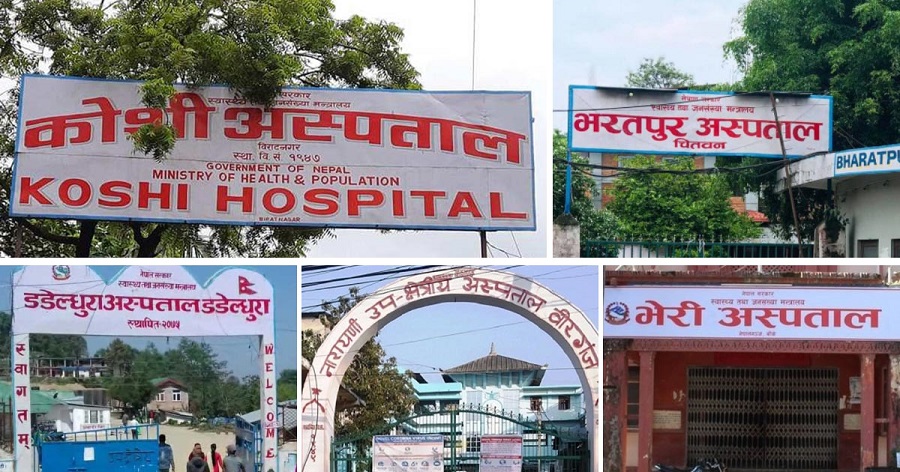
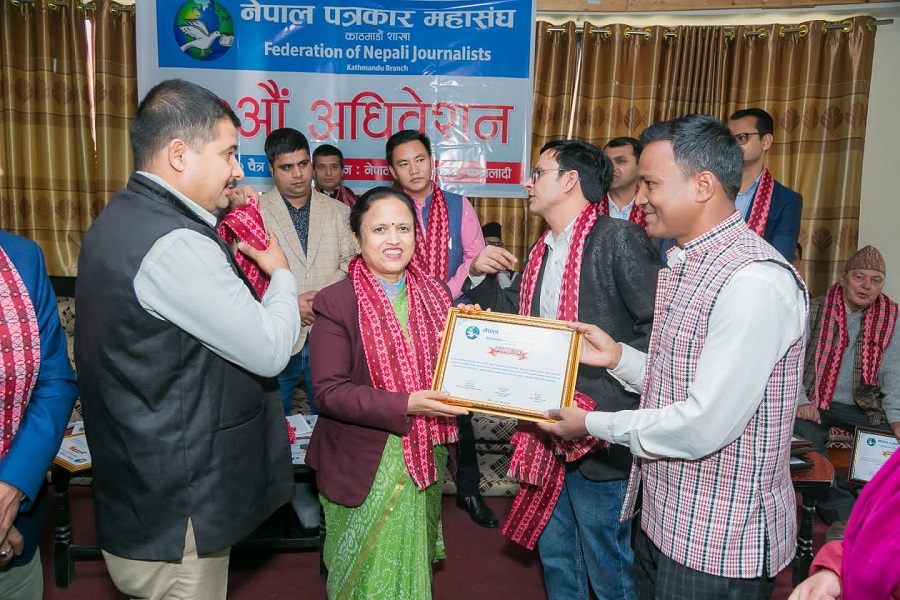
प्रतिकृया दिनुहोस